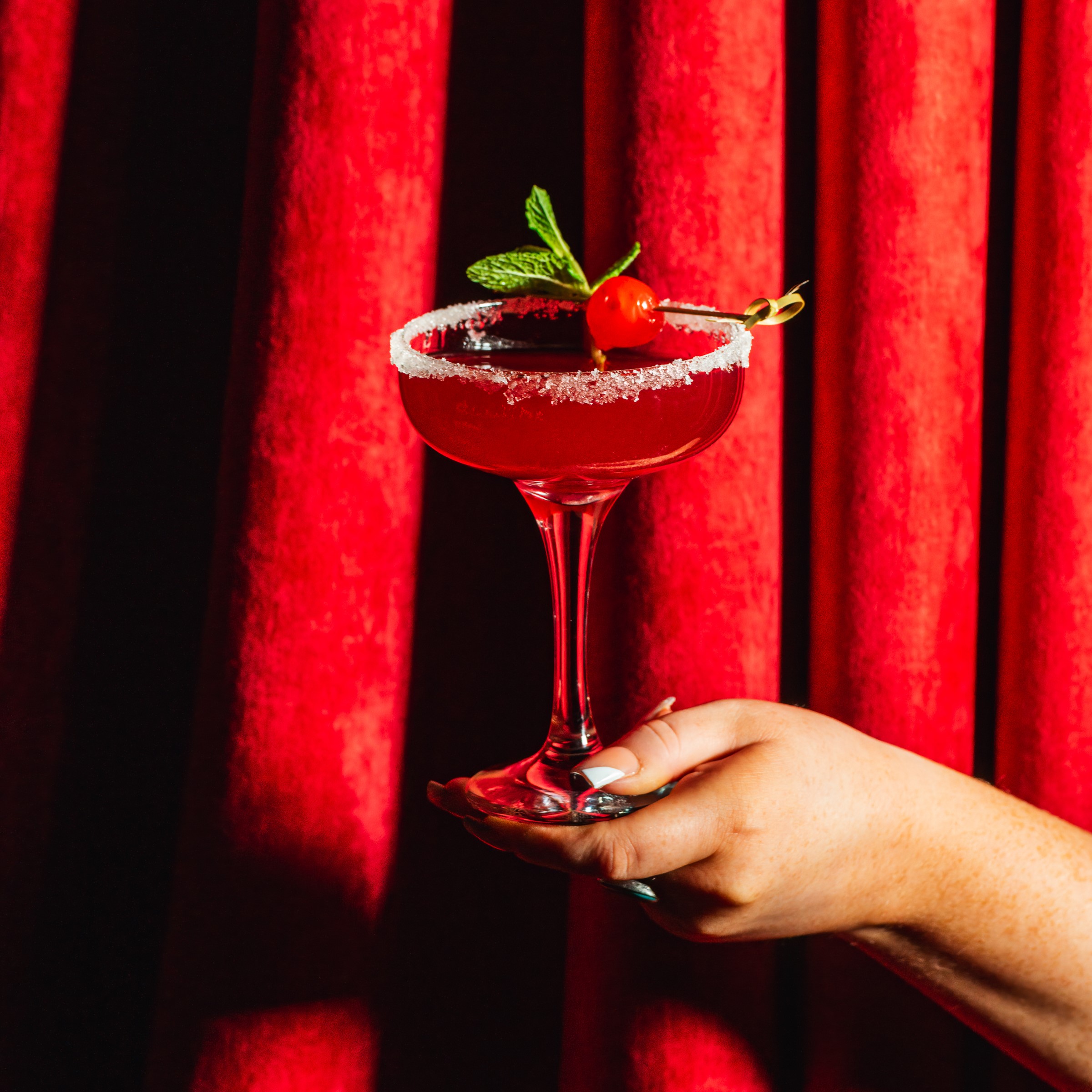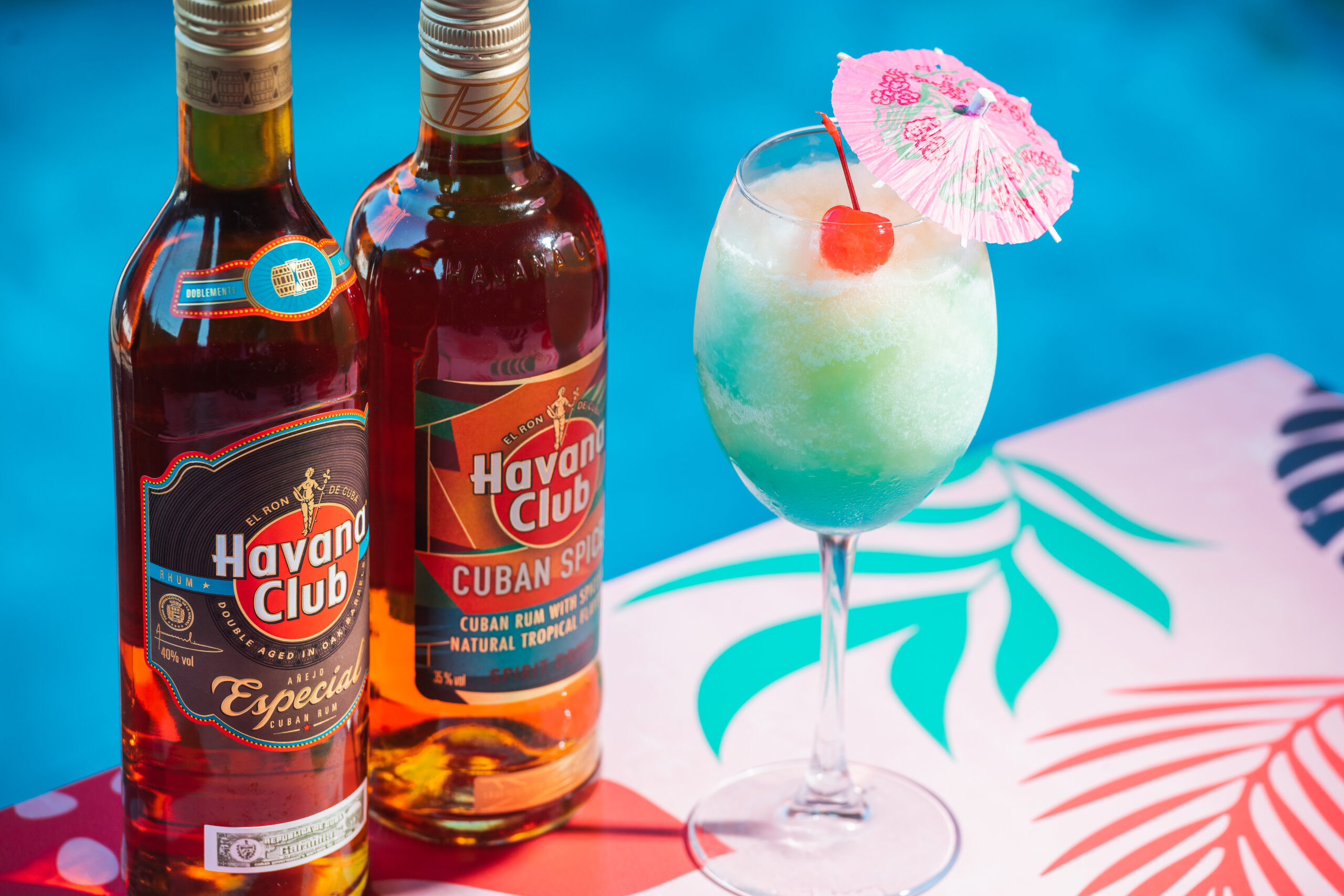
Rest assured, the Fierce Females cocktail packs as much punch as the stories of the incredible women who inspired it’s creation.
Taking the delicately citrusy Malfy Gin Rosa and combining it with El Bandarra rose vermouth to create its striking colour, Fierce Females’ full-bodied flavour profile is completed with passionfruit, vibrant pineapple and lemon.
From world-class singers to LGBTQ activists, Cuban history has seen some pretty cool Chicas. Read on to discover the stories of some of the island’s most iconic ladies.
La Giraldilla

Constructed as a weathervane by the Cuban sculptor Geronimo Martinez Pinzon in the 1630s, La Giraldilla is the statue of a Taino woman whose story is one of passion and heartbreak.
When the King of Spain dispatched Governer Don Hernado de Soto to prepare an expedition to Florida from Cuba, he left behind his wife Isabel de Bobadilla.
Isabel, now in charge of Cuba, spent her days at the top of castle turrets looking out to sea in hope of her husband’s return, but little did she know that her husband De Soto had died on the banks of the Mississippi river. Despite her zest for life, Isabel would later die of a broken heart.
She served as the inspiration for La Giraldilla, which sits at the top of the museum of the Castle of the Royal Force, continuing to signal the direction of the wind for ships. Her passion and steadfast determination make her the perfect symbol for Havana Club, who fought tooth and nail to become one of the world’s most recognised rum brands.
Celia Cruz
A household name in just about any Latin American and Latinx family, Celia Cruz is a pioneer for Afro-Latina women in the nascent Latin music industry.
Her natural talentbecame clear at a young age and her first taste of fame came as the front singer of acclaimed orchestra, Sonora Matancera.

The orchestra’s success meant that Cruz signed many contracts abroad, including the US. This led to her ban from returning to post-Revolution Cuba, although demand for her voice only got higher. She recorded with Tito Puente and joined the Fania All-Stars, going onto win two Grammy Awards and entering the International Latin Music Hall of Fame.
Asela de los Santos

A trailblazer for Cuba’s world-renowned education program, Asela de los Santos Tamayo is known for her contributions to the Cuban Revolution.
She pledged her support to the revolutionary cause after Fidel Castro’s infamous attack on the Moncada Barracks and aided rebel survivors, smuggled arms for guerrilla fighters and joined the revolutionary army in the mountains.
In the mountains, she instructed illiterate soldiers and rural children, highlighting her lifelong passion for education and foreshadowing her role as Minister of Education in the new Communist government.
Merceditas Valdés
Heralded as the ‘Queen of Afro-Cuban music’, Merceditas Valdés is responsible for introducing the world to Santería music. Santería is an Afro-Cuban religion based on West African beliefs, embraced by Valdés despite her family’s wishes for her to become a nun.
Her music involved spiritual chants to Yoruba deities and ancestors s at a time when Santería was stigmatised, and at the end of the 1940s, she became one of the first Santería singers to record music.

Before taking a 20-year hiatus, Valdés recorded a debut album of religious and secular songs. She performed in Cuba’s leading clubs toured all over the world, debuting in Carnegie Hall in 1954, however the practice of all religions including Santería was restricted by the new government at the end of the Cuban Revolution in 1959.
Mariela Castro Espín
Mariela Castro Espín is a globally recognised LGBT activist and the directs the Cuban National Center for Sex Education (CENESEX). The daughter of Fidel Castro’s brother Raul Castro and Vilma Espín, Castro proposed a law at CENESEX that would provide free gender confirmation surgery and hormone replacement therapy, which was later approved in 2008.

She also voted against a labour bill that didn’t include protections against gender identity of HIV status discrimination, making her possibly the first person in the National Assembly to oppose a bill.
Explore more of our cocktail menu available to try at your favourite Revolución de Cuba!








